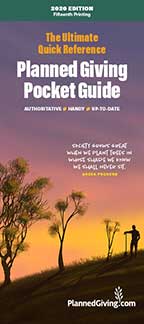Major Gifts Today
Meant to be Skimmed. Not Read.
The Newsletter for the busy fundraiser!
Always Current. Highly Focused
Valuable interviews, information, and advice for building your nonprofit — and your career.
Subscribe to Success!
Bite-sized articles from industry experts, exploring trends and offering nonprofit success stories and tips for personal and professional development.






